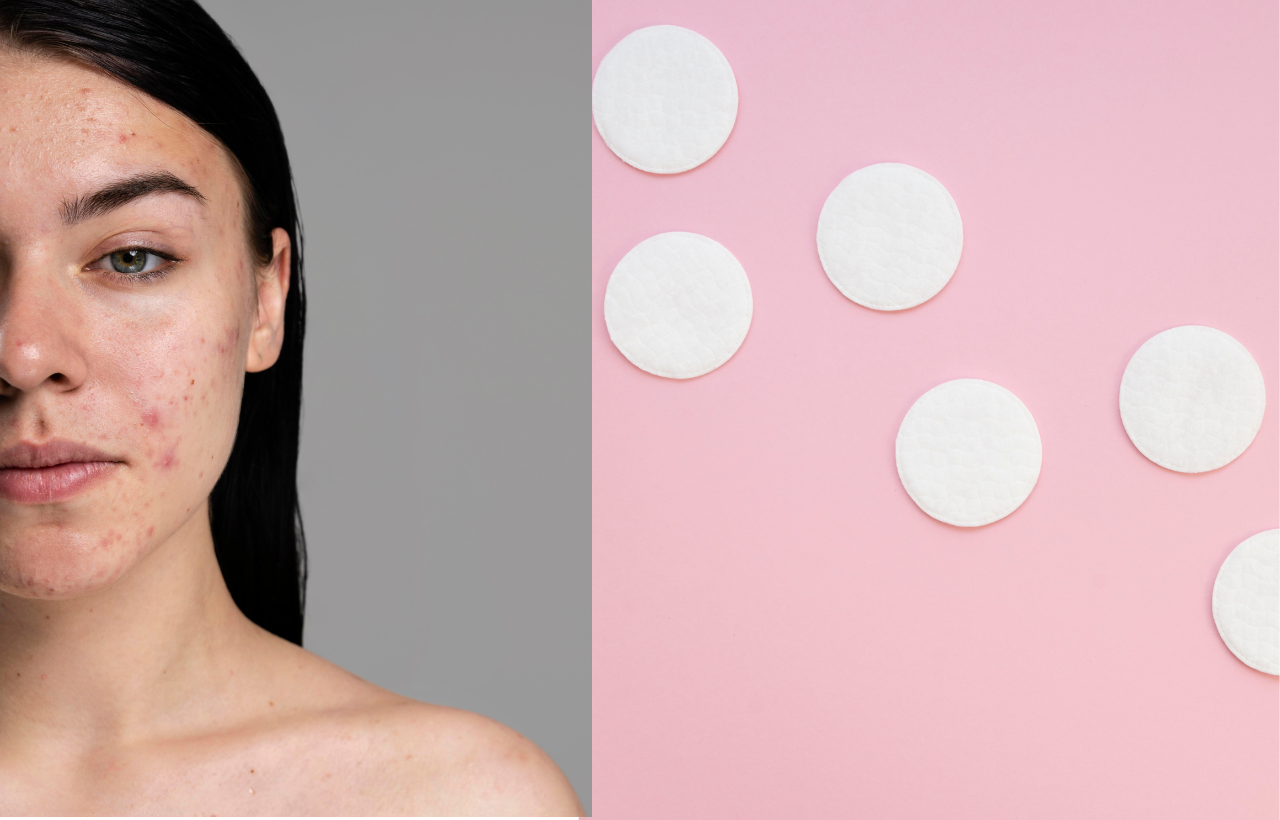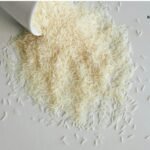Now Reading: Do Pimple Patches Work? The Miraculous Truth Uncovered
- 01
Do Pimple Patches Work? The Miraculous Truth Uncovered

Do Pimple Patches Work? The Miraculous Truth Uncovered
Acne can feel like an uninvited guest that never seems to leave. Whether you’re dealing with a stubborn breakout during an important meeting or a surprise pimple just before a special night out, you might have wondered: do pimple patches really work? Today, we’re diving deep into the science, expert insights, and real-world impacts of these widely popular acne treatments. Along the way, we’ll explore the background of these products, emerging trends, and exactly what you can—and can’t—expect from a simple sticker.
Introduction
Pimple patches, also known as zit stickers, have taken the skincare world by storm. Promising to reduce inflammation, prevent infection, and speed up healing, these small hydrocolloid-based stickers have become a go-to for many seeking a quick fix for blemishes. But are they just another fleeting trend, or is there solid evidence to back their claims? In this post, we’ll weigh the benefits and limitations, helping you decide if these patches should be a staple in your acne treatment routine.
What Are Pimple Patches?
At their core, pimple patches are small, transparent stickers designed to cover and treat acne on the go. Most patches utilize a hydrocolloid dressing—a gel-like material historically used for wound care—to absorb excess fluid from pimples, create a moist healing environment, and act as a physical barrier against bacteria and irritants.
The Science Behind Pimple Patches
How They Work
The secret lies in the hydrocolloid’s ability to draw out impurities and moisture from an open blemish. When applied to a pimple that is already open or oozing, the patch absorbs excess fluid and seals the area, reducing the urge to pick at it. This not only minimizes the risk of further infection but also helps reduce inflammation—ultimately allowing your skin to heal faster.
Types of Pimple Patches
There are several varieties available on the market today, each designed to address different aspects of acne:
| Type | Active Ingredient | Best For | Pros | Cons |
|---|---|---|---|---|
| Hydrocolloid Patches | Hydrocolloid only | Open, draining, or oozing acne | Absorbs excess fluid, reduces pick-induced scars | Limited to superficial acne only |
| Medicated Patches | Salicylic acid, tea tree oil, etc. | Red, inflamed pimples | Actively treats blemishes while healing | May irritate sensitive skin |
| Microneedle Patches | Micro-darts with active ingredients | Deeper, stubborn acne | Enhanced ingredient delivery | Newer technology with limited research |
This table underscores that while the basic concept remains the same, the right type of patch often depends on the nature of your acne. For surface-level blemishes, traditional hydrocolloid patches may be all you need; however, for inflamed or deeper acne, patches with additional active ingredients might offer more targeted results.
Expert Perspectives: What Dermatologists Say
Renowned dermatologists share a common sentiment: pimple patches work best as a supplementary treatment rather than a cure-all for acne.
- Dr. Amy Kassouf explains that these patches are most effective when used on open, draining lesions, primarily serving as a barrier against external irritants and reducing inflammation.
- Dr. Joshua Zeichner points out that, by preventing the urge to pick at blemishes, pimple patches can help minimize the risk of scarring and dark spots.
- Additionally, the integration of ingredients like salicylic acid, niacinamide, and tea tree oil in newer versions of these patches represents an evolution in acne treatment, offering both physical protection and active therapeutic benefits.
Limitations and Real-World Implications
While pimple patches offer a range of benefits, they are not a cure for every type of acne. Here are some key factors to consider:
- Surface Action Only: Pimple patches work best on acne that has already surfaced. For deep cystic acne or lesions that aren’t yet open, these stickers may not deliver the desired results.
- Skin Sensitivity: Some patches use adhesives or active ingredients that may cause irritation, especially for those with sensitive skin.
- Temporary Fix: Though they help accelerate healing and reduce the risk of further infection, pimple patches are not a standalone acne treatment plan. A well-rounded skincare routine, often guided by a dermatologist, is essential for long-term results.
Emerging Trends in Pimple Patches
Innovation is continuously reshaping the skincare landscape. The latest trends in pimple patches include:
- Advanced Formulations: Incorporating micro-darts to enhance the delivery of active ingredients directly into the skin without causing pain.
- Cosmetic Appeal: Designers now offer patches in various shapes, sizes, and even playful colors—transforming a blemish treatment into a fashion statement.
- Personalized Solutions: With the diversity of skincare needs, some brands are developing patches that target specific acne types and skin conditions, leading to more tailored and effective outcomes.
These innovations suggest that the market for pimple patches is evolving beyond a one-size-fits-all approach, providing exciting possibilities for those looking for more integrated acne solutions.
Key Takeaways
- Effective Barrier: Pimple patches work by creating a protective barrier and absorbing excess fluid, making them particularly effective on open, draining acne.
- Supplementary Treatment: They are best used in conjunction with a comprehensive skincare routine and dermatologist advice.
- Variety Matters: With several types available—from basic hydrocolloid to medicated and microneedle patches—the key is to choose the right product for your specific skin type and acne severity.
- Emerging Innovations: Keep an eye out on newer patches that incorporate active ingredients and advanced delivery systems, promising even better results in the future.
Conclusion
The verdict is in: pimple patches do work—but with important nuances. They are a convenient and effective tool for managing surface-level blemishes and preventing the damage caused by picking. However, for deeper acne or persistent breakouts, a more comprehensive approach is required. By understanding how pimple patches work and selecting the right type for your skin, you can harness their full potential as part of a broader, balanced acne treatment strategy.
Take the time to experiment and find the patch that complements your personal skincare routine. Your skin’s future could very well depend on it.
Disclaimer: The information in this post is provided for informational purposes only and should not be considered as professional or medical advice. Always consult with a qualified dermatologist or healthcare provider regarding any concerns or skin conditions.











